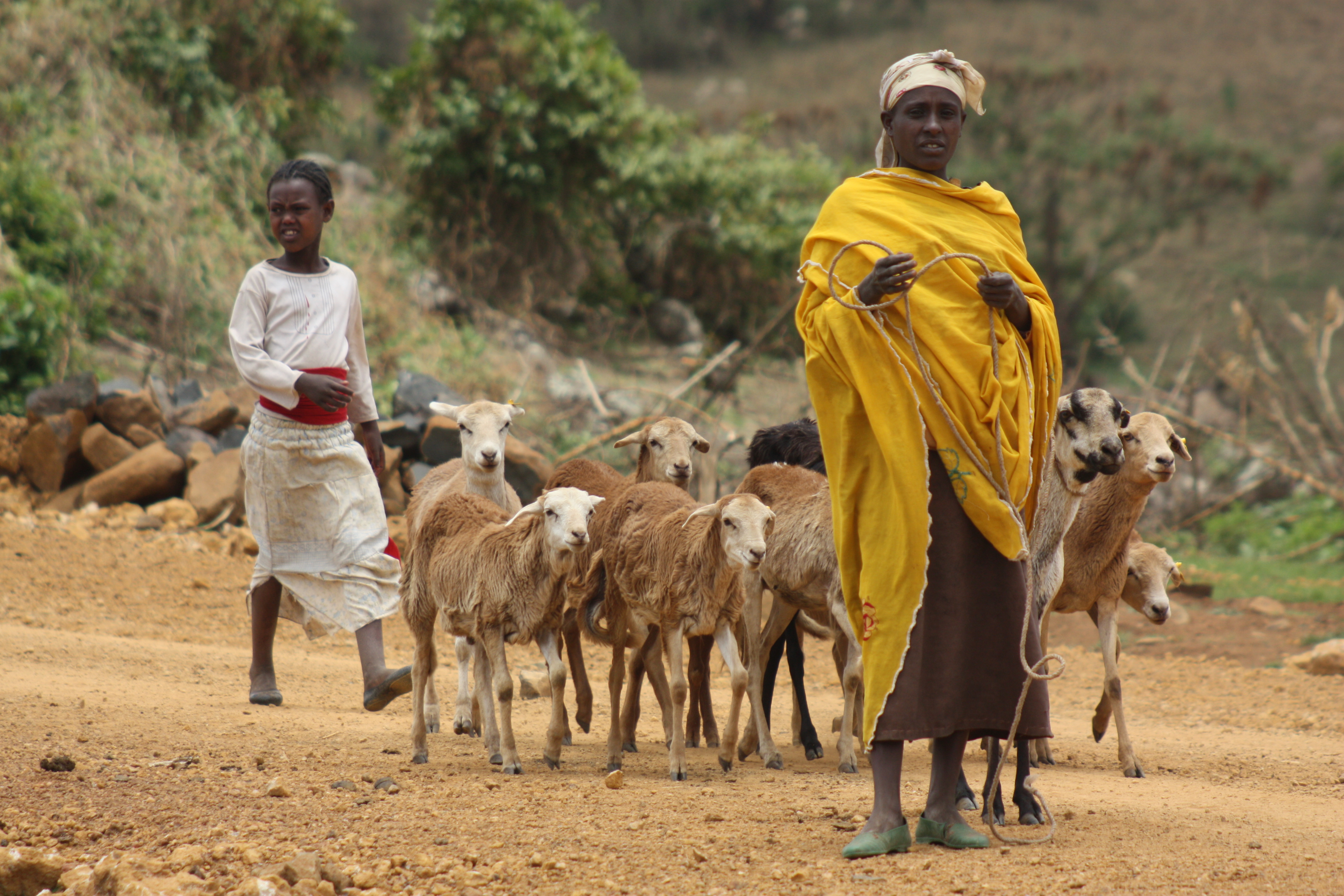Brucella spp. is a zoonotic bacterial agent of high public health and socio-economic importance. It infects many species of animals including wildlife, and people may get exposed through direct contact with an infected animal or consumption of raw or undercooked animal products. This livestock-human cross-sectional study set out to determine seroprevalences and risk factors of brucellosis in livestock and humans in Garissa and Tana River counties of Kenya.
The presence of a Brucella spp.-seropositive animal in a household significantly increased the odds of Brucella spp. seropositivity in humans in that household. Exposure to Brucella spp. of both livestock and humans clustered significantly at the household level. This suggests that risk-based surveillance measures, guided by locations of primary cases reported, either in humans or livestock, can be used to detect Brucella spp. infections in livestock or humans, respectively.

